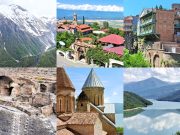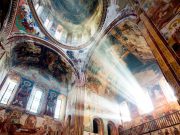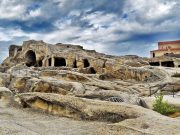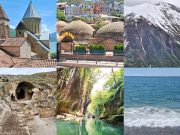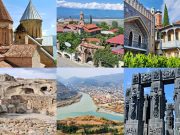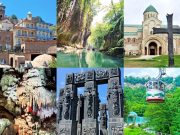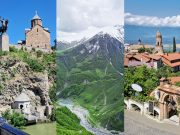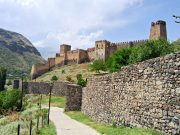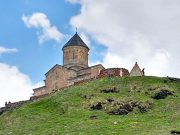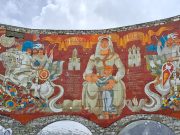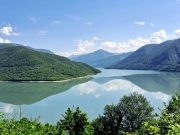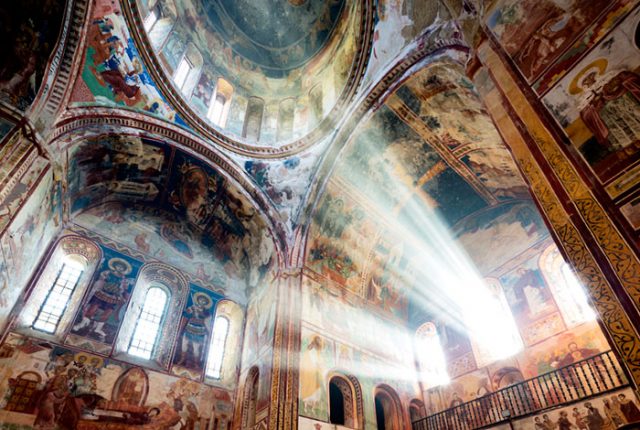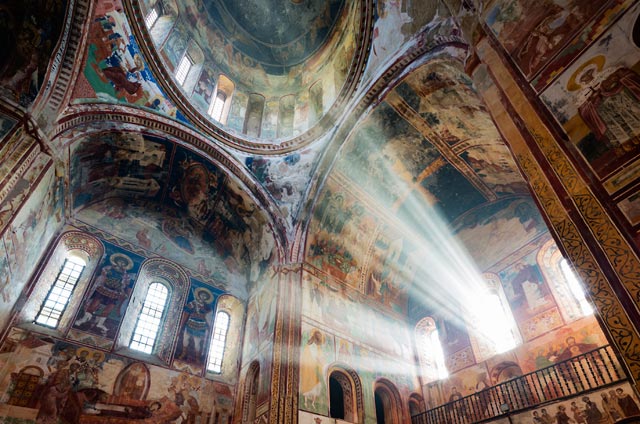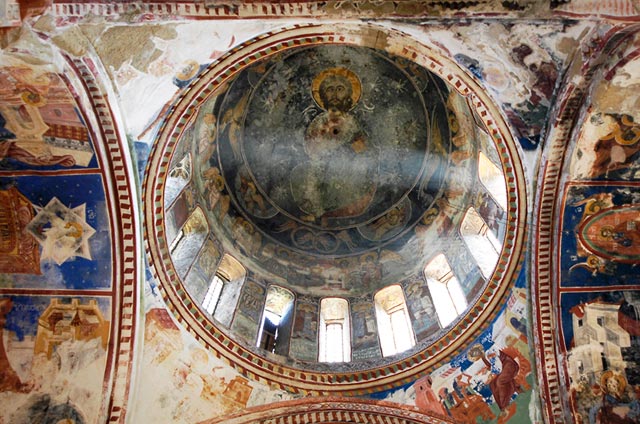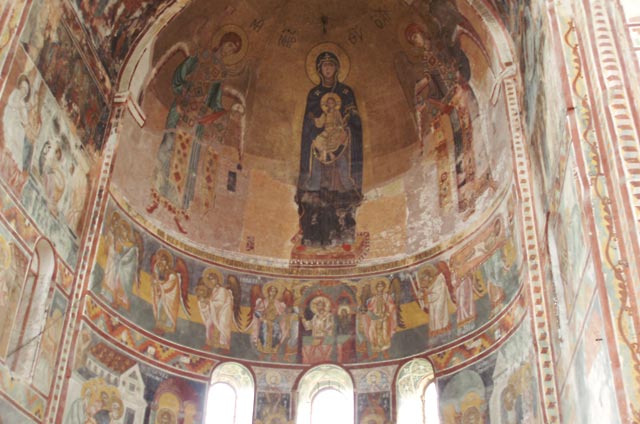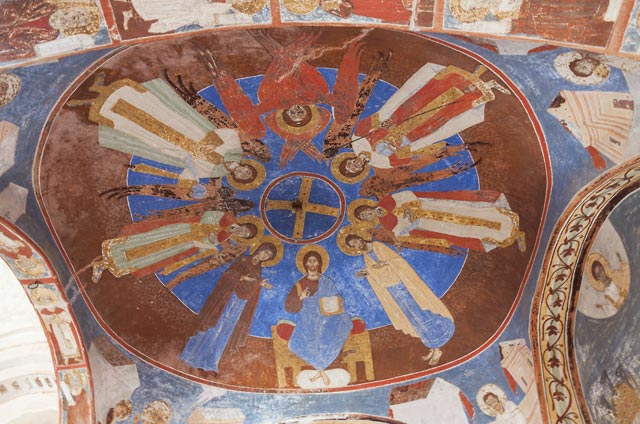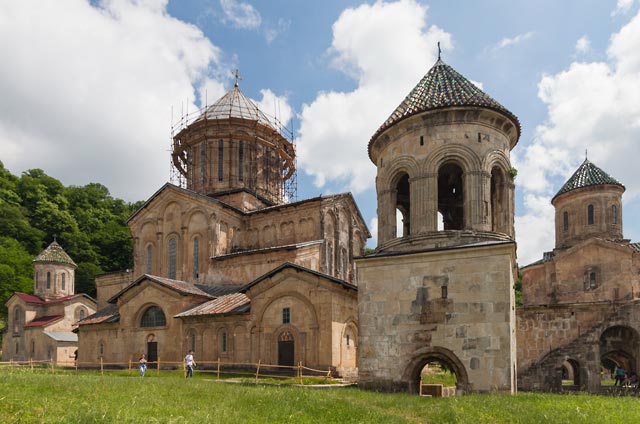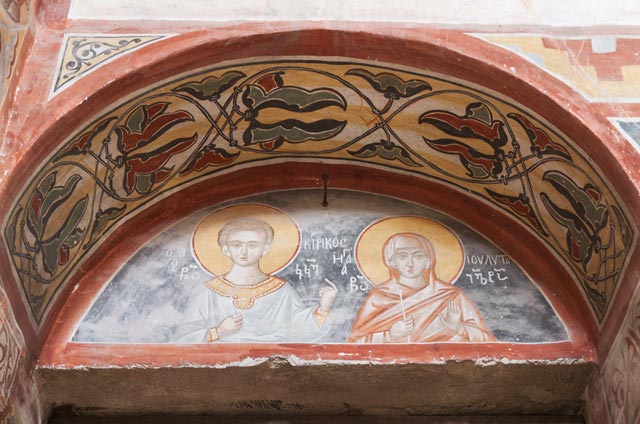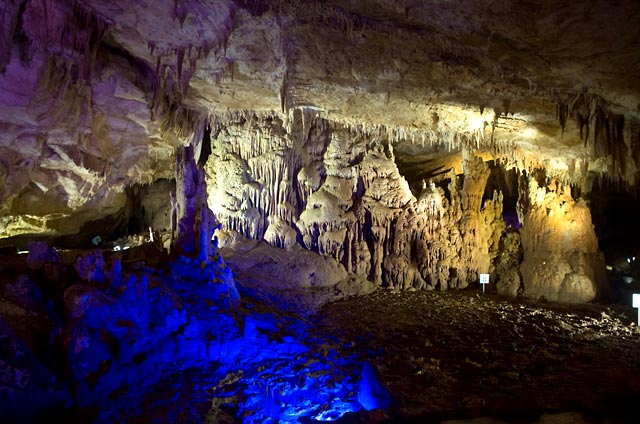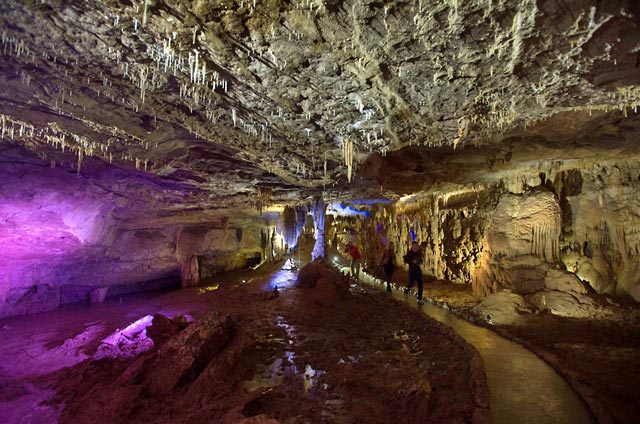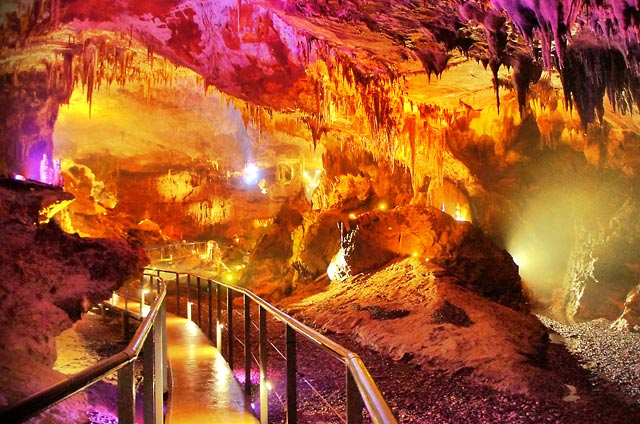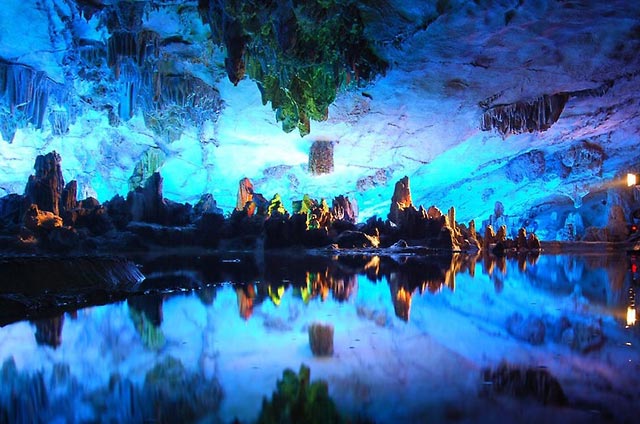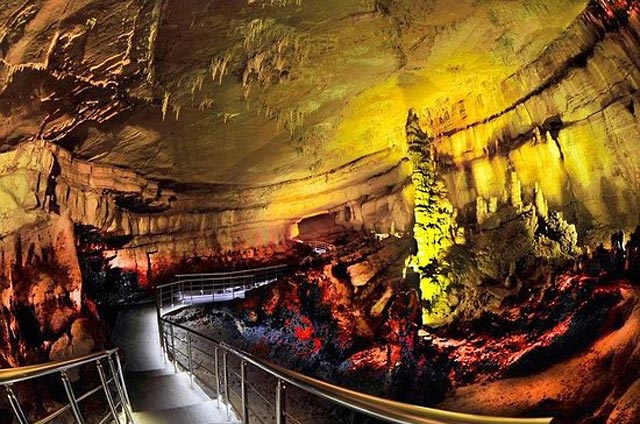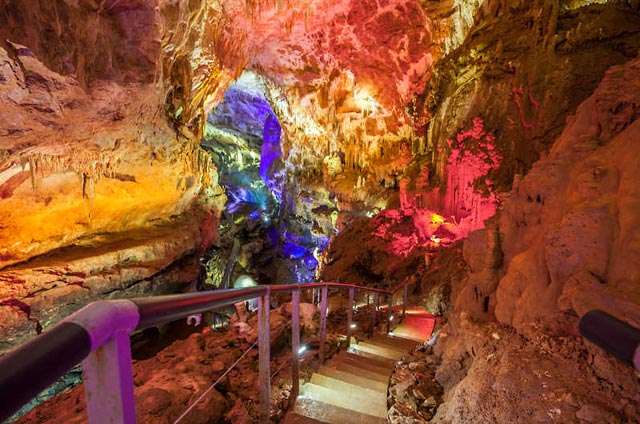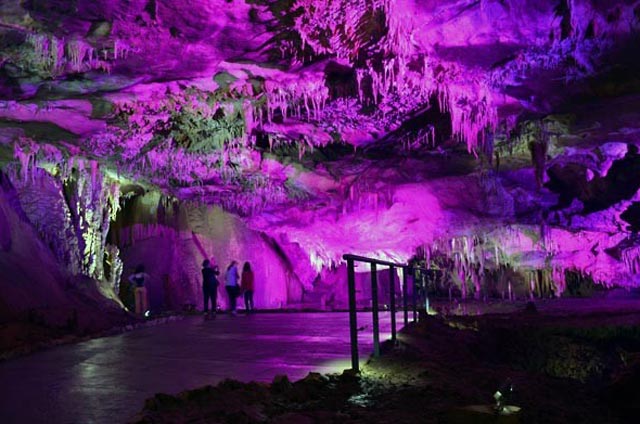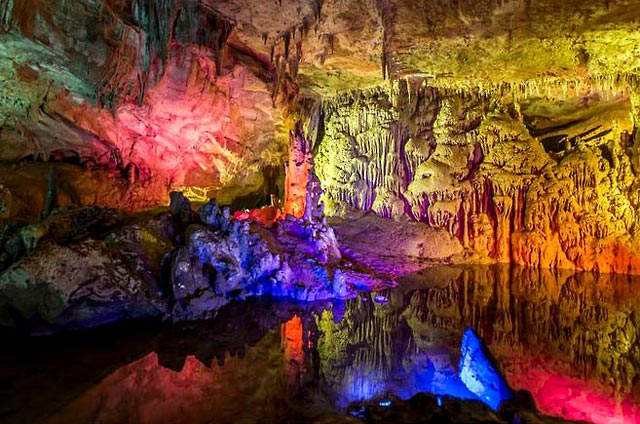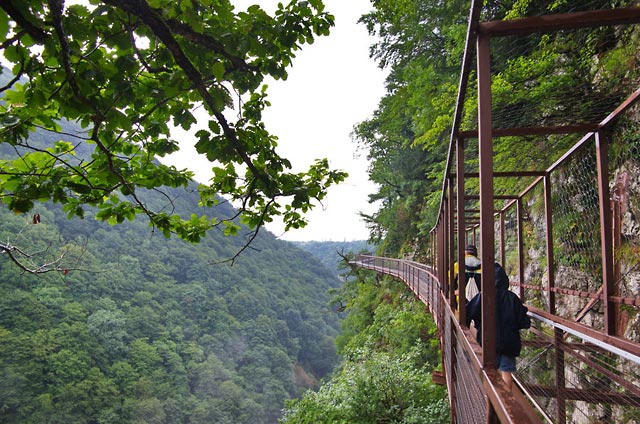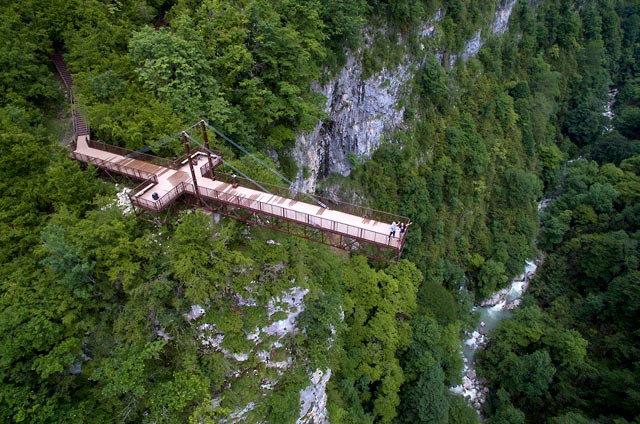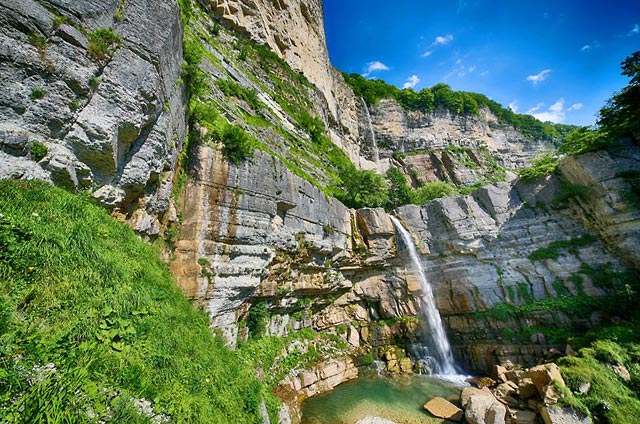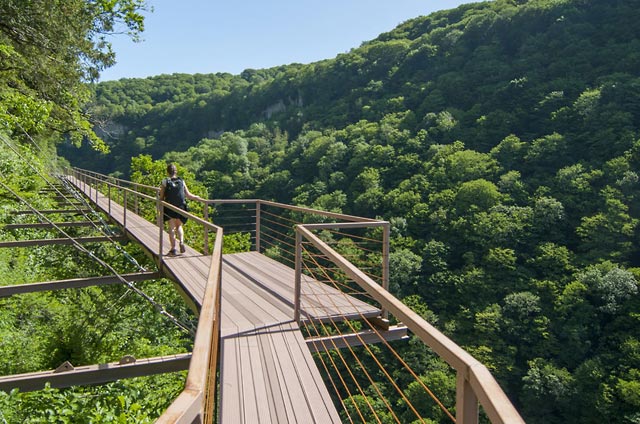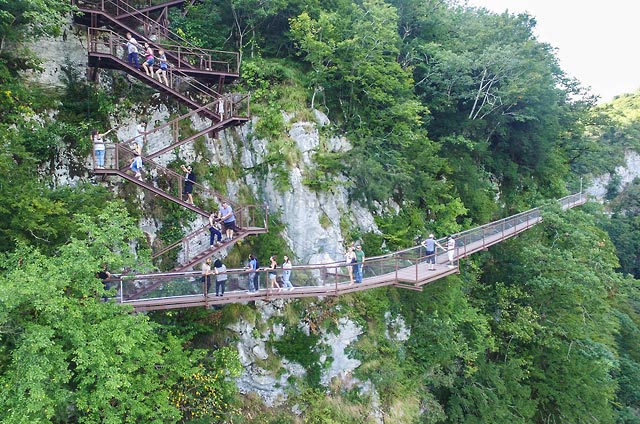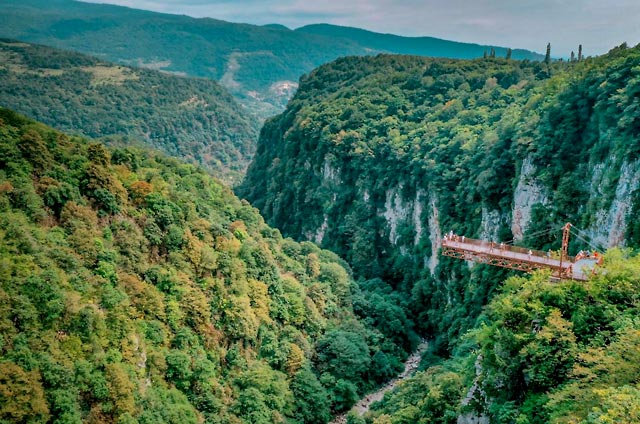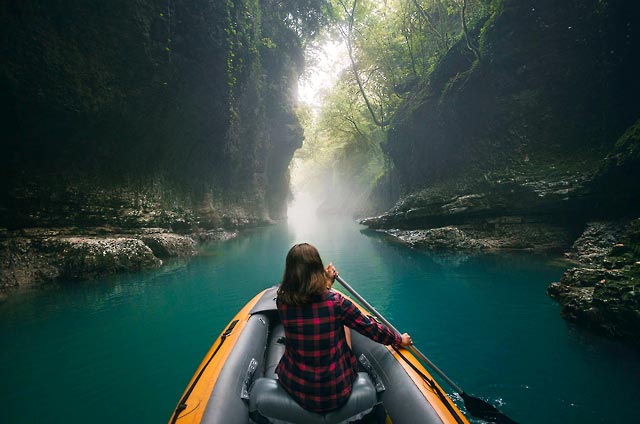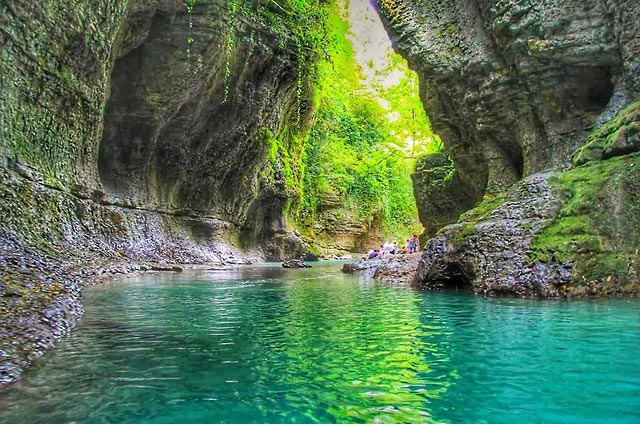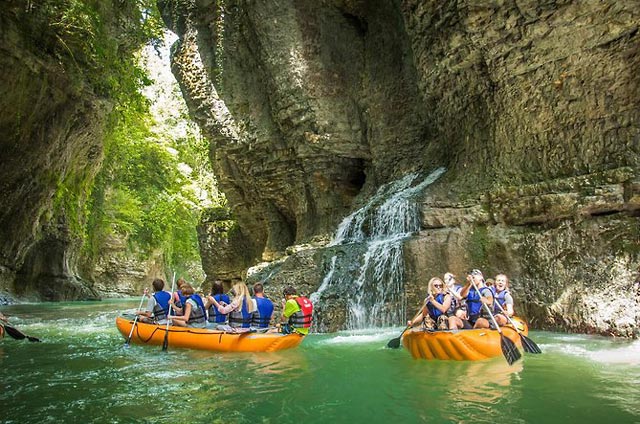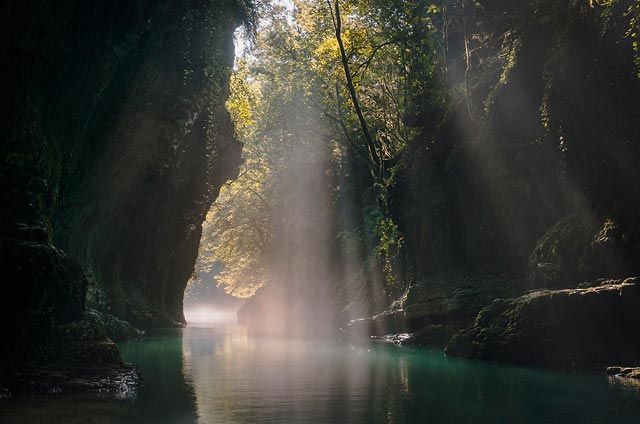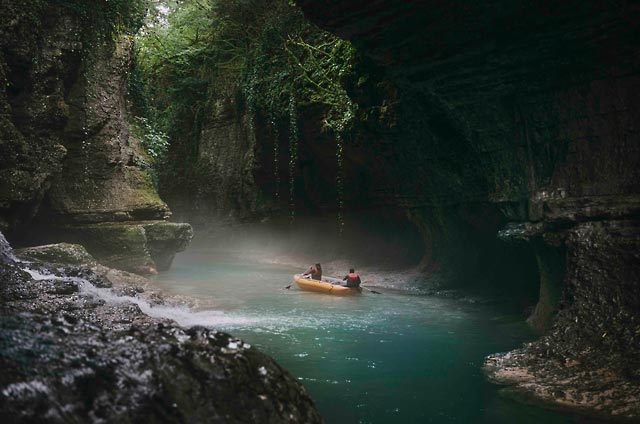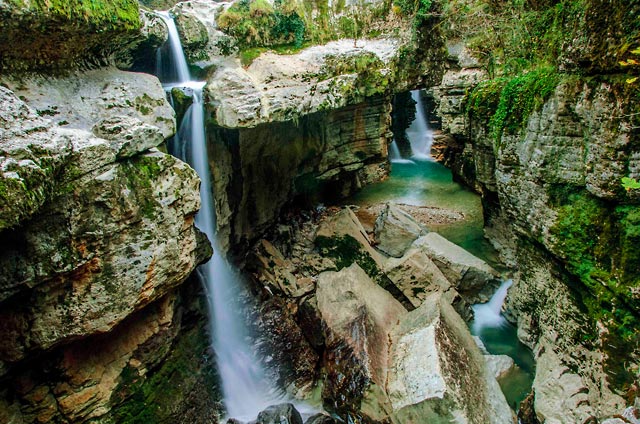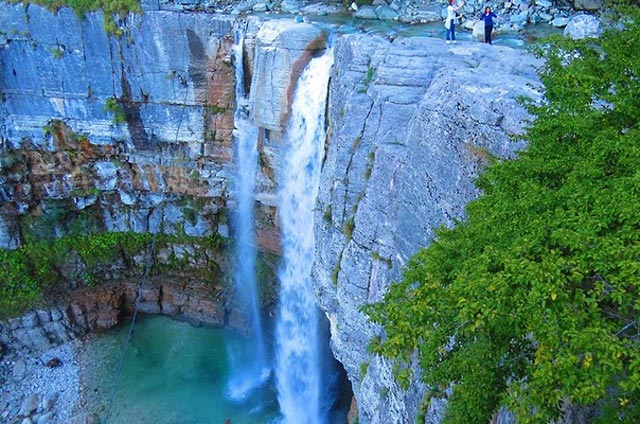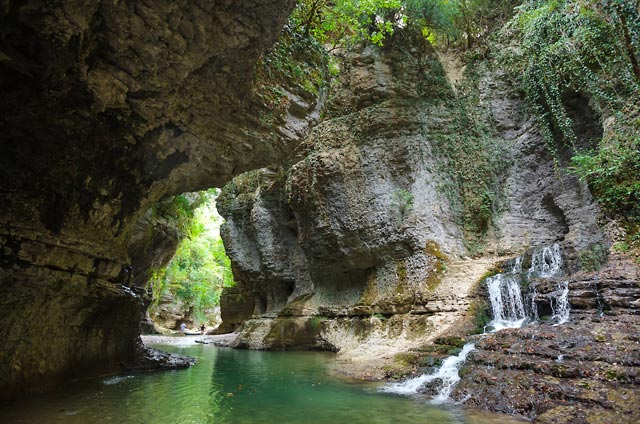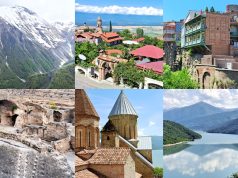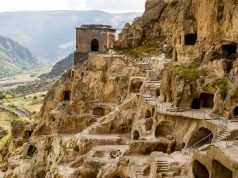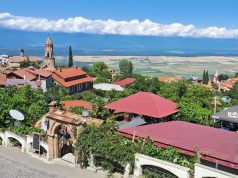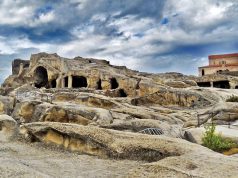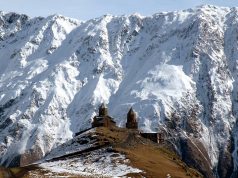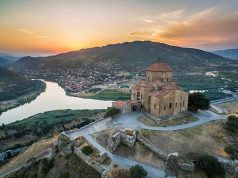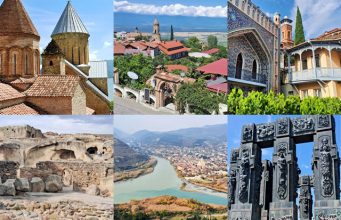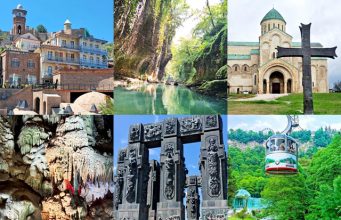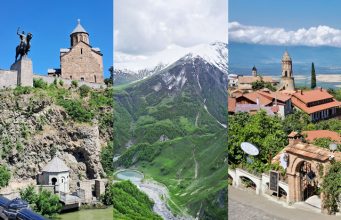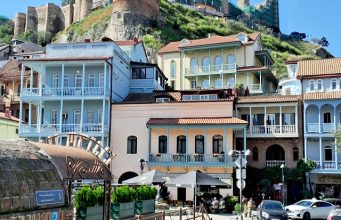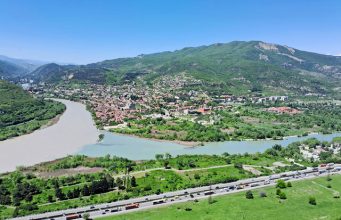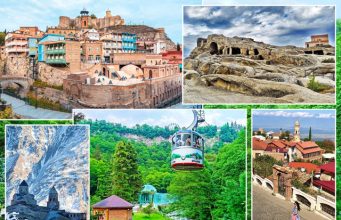Day 1
Kutaisi sightseeing tour. Kutaisi is the third-most populous city in Georgia, traditionally, second in importance, after the capital city of Tbilisi. Kutaisi was the capital of the ancient Kingdom of Colchis. Archaeological evidence indicates that the city functioned as the capital of the kingdom of Colchis in the sixth to fifth centuries BC. It is believed that, in Argonautica, a Greek epic poem about Jason and the Argonauts and their journey to Colchis, author Apollonius Rhodius considered Kutaisi their final destination as well as the residence of King Aeetes. Later it was capital of the kingdom of Lazica until being occupied briefly by the Arabs. From 1008 to 1122, Kutaisi served as capital of the united Kingdom of Georgia, and from the 15th century until 1810, it was the capital of the Imeretian Kingdom.
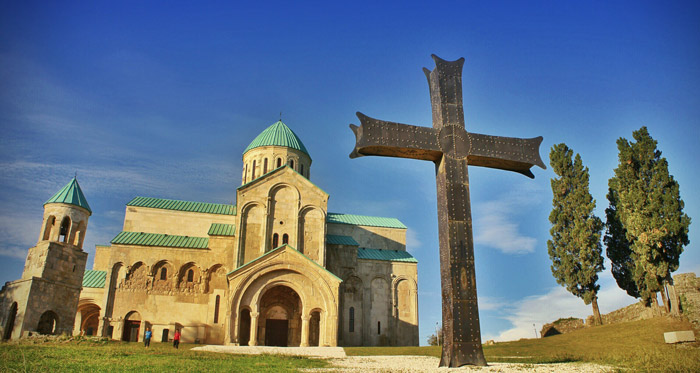
Bagrati Cathedral – The Cathedral of the Dormition is an 11th-century cathedral in the city of Kutaisi, in the Imereti region of Georgia.
Bagrati Cathedral was built in the early years of the 11th century, during the reign of King Bagrat III, due to which it was called “Bagrati”, i.e., Bagrat’s cathedral. An inscription on the north wall reveals that the floor was laid in “chronicon 223”, i.e., 1003. In 1692, it was devastated in an explosion by Ottoman troops who had invaded the Kingdom of Imereti. The incident caused the cupola and ceiling to collapse. Conservation and restoration works, as well as archaeological studies at the Cathedral began in the 1950s under the leadership of a Georgian architect. In 1994 Bagrati Cathedral, together with the Gelati Monastery, was included in UNESCO’s World Heritage Site list as a single entity. It is presently of limited use for religious services, but attracts many pilgrims and tourists. It is also frequently used as a symbol of the city of Kutaisi, being one of its main tourist attractions.
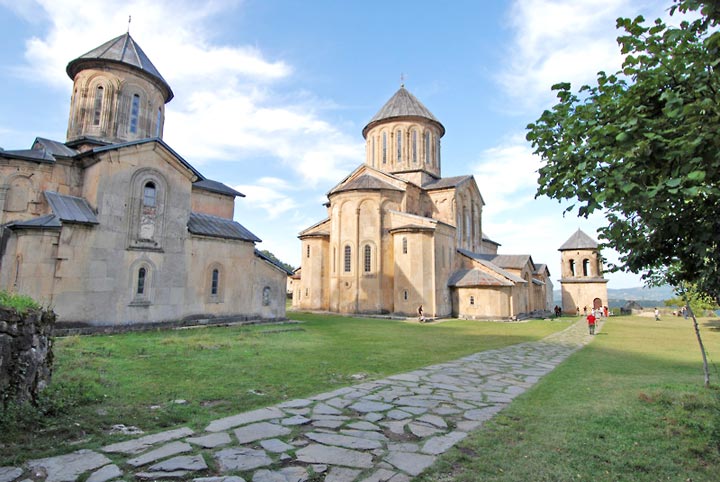
Gelati Monastery is a medieval monastic complex near Kutaisi. A masterpiece of the Georgian Golden Age, Gelati was founded in 1106 by King David IV of Georgia and is recognized by UNESCO as a World Heritage Site. The Gelati Monastery signifies the value of the Georgian Christian orthodox religion. Inside the monastery is full of murals and an abundance amount imagery surrounding the interior of the church. It was one of the first monastery in Georgia and adds great value to the Georgian culture and beauty. The monastery was built during the Byzantine Empire which is known for the use of gold aesthetic in their paintings and buildings. It was built to show how Christianity encompassed all of this land and that Georgia was filled with Christian gospel all around even high up in the mountains.
Historically, Gelati was one of the main cultural and intellectual centers in Georgia. It had an Academy that employed some of the most celebrated Georgian scientists, theologians and philosophers, many of whom had previously been active at various orthodox monasteries abroad, such as the Mangana Monastery in Constantinople. Due to the extensive work carried out by the Gelati Academy, people of the time called it “a new Hellas” and “a second Athos”.
Gelati is the burial site of its founder and one of the greatest Georgian kings David IV. Near King David’s grave are the gates of Ganja, which were taken as a trophy by King Demetrius I of Georgia in 1138.
You will have a dinner in Kutaisi (at your discretion).
Duration of the tour: 5-6 hours.
Day 2
Prometheus Cave Natural Monument is located in Imereti region. The length is 1, 8 km and it is located 40 meters below sea level.
Promete cave 1 hour tourist route passes through Argonauts Hall, Kolkheti Hall, Medea Hall, Love Hall, Prometheus Hall and Iberia Hall. The trail finishes by pedestrian or boating tour on an underground flow of river Kumi. It takes 15 minutes.
Okatse Canyon Natural Monument is located in village Gordi, Khoni municipality, Imereti region. Okatse Canyon 2-3 hour pedestrian route passes through Dadiani historical forest, 780 m length hanging trail and finishes with panoramic view.
Martvili Canyon Natural Monument is located in Martvili municipality, Samegrelo-Zemo Svaneti region. 700 m long stone paved circular route starts from Martvili Canyon visitor center and crosses the Dadiani historical trail. There are 2 bridges, 3 platform views and historical 30 steps stair constructed by large limestone boulders. Visitors can enjoy 300 meter boat tour on river Abasha and beautiful views of mountain river canyon.
You will have a dinner in Martvili (at your discretion).
Duration of the tour: 9 hours.



